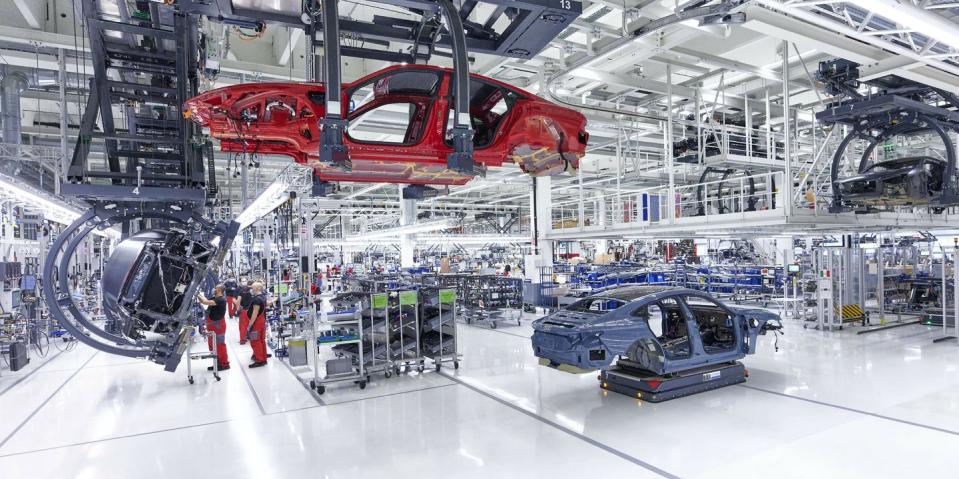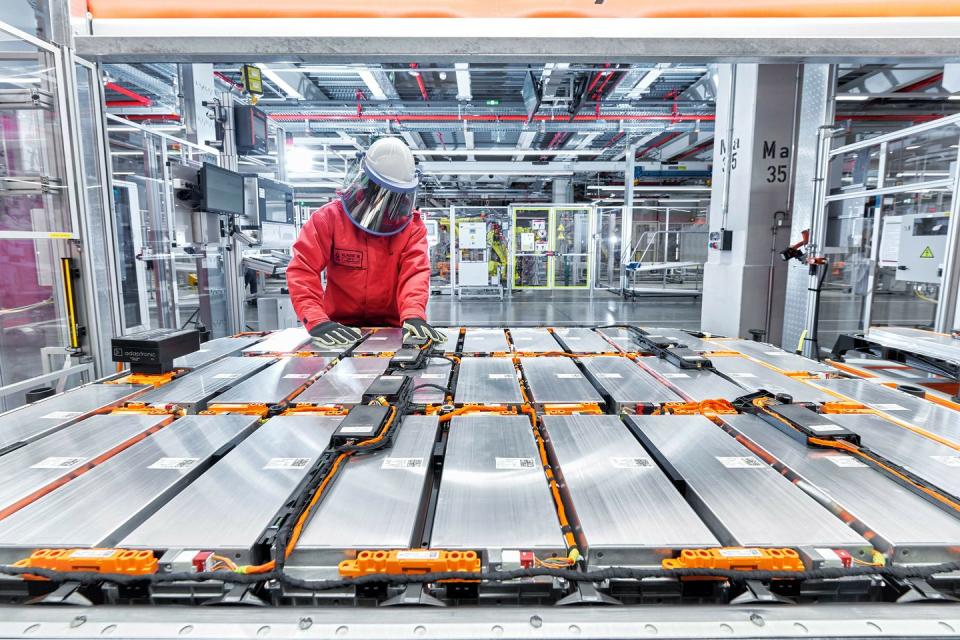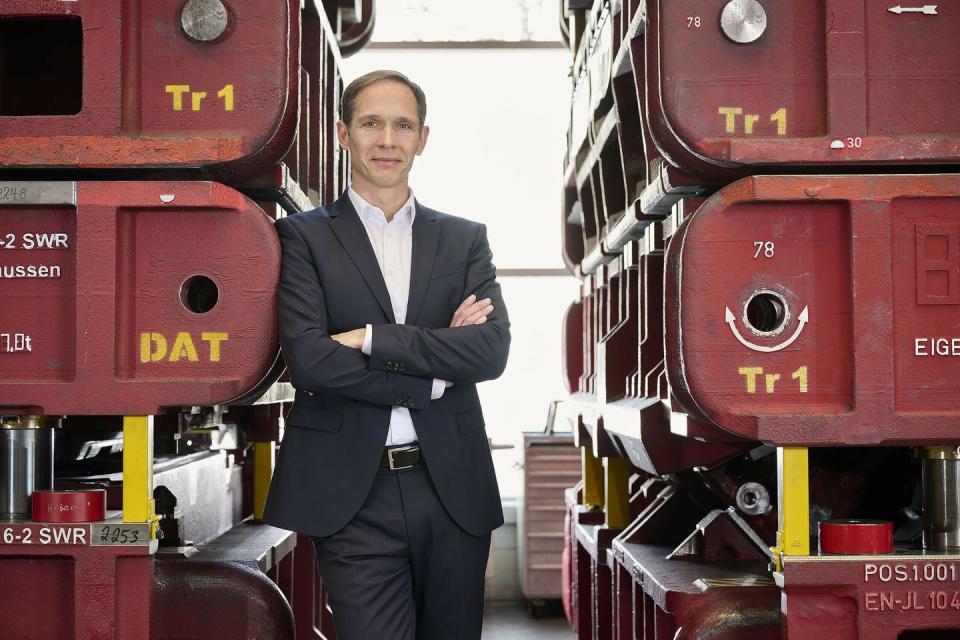Here’s How Audi Plans to Phase Out ICE Models

Audi plans for each of its plants around the world to produce at least one battery-electric model by 2029.
The automaker will begin phasing out internal-combustion models gradually by the start of the next decade, "depending on local conditions."
Audi aims to cut annual factory costs in half by 2033 through steps including sustainable operations and cycle-independent modular assembly.
Ingolstadt has already made known its plans to introduce only new electric models by the year 2026.
But just how will it make the transition to EVs while also catering to buyers and markets where its gas-engine models are in demand and will remain so for quite some time?
The answer largely boils down to flexibility, sustainability, and cost-effectiveness, with Audi planning to produce electric-drive models at all of its factory sites. So it won't rely on a handful of plants that are internal-combustion only or EV only.
"We don't want any standalone lighthouse projects on greenfield sites. Instead, we are investing in our existing plants so they end up being just as efficient and flexible as newly built production sites or greenfield plants," said Audi Board Member for Production and Logistics Gerd Walker.
At the moment Audi has two plants building EVs—in Brussels, Belgium, and Böllinger Höfe in Heilbronn, Germany.
Starting in 2023 the historic Ingolstadt plant will join them as production of the Audi Q6 e-tron starts. Next, Audi EVs will join the assembly lines of plants in Neckarsulm, Germany; San José Chiapa, Mexico; and Győr, Hungary. By 2029, all of Audi's production sites around the world will be producing at least one battery-electric model.

But when it comes to phasing out internal-combustion models, Audi is still leaving itself room to maneuver, indicating it will begin phasing them out gradually by the start of the next decade, and "depending on local conditions."
"We will use the transition to e-mobility to make major leaps in productivity and optimization by making the necessary modifications," Walker adds. Audi plans to take four practical steps to make this happen, starting with slicing annual factory costs in half by 2033.
The automaker plans to achieve this by streamlining production and reducing the complexity of its models where it does not benefit the owner. Audi also plans to replace expensive industrial PCs with the Edge Cloud 4 Production solution using local servers, thereby reducing IT efforts like operating system changes. The automaker also aims to phase-in cycle-independent modular assembly.
"In the test operation, work no longer follows a uniform sequence. Instead, it meets particular needs. Automated guided vehicles (AGVs) bring door panels right to the station where the components are assembled," the automaker explains.
By placing an emphasis on self-guidance, the automaker claims it can increase assembly productivity up to 20%. One example is altering procedures to allow one worker to install a particular component that used to require two or three workers to install. This is what cycle-independent modular assembly promises.

But the automaker also must be able to turn on a dime in response to what vehicles people actually want to buy. This is where flexible manufacturing processes will play a role again. "We want to structure both product and production so we get the optimum benefit for our customers," Walker adds.
As such, the Audi Q6 e-tron that will enter production in Ingolstadt will be made on the same assembly line as the gas-engined A5 and A4 models. Eventually, the EVs will replace the internal-combustion models in Ingolstadt.
Sustainability is key as well, with the automaker working to reduce its ecological footprint and achieve net carbon neutrality at all of its sites by 2025. Several plants have already achieved this status, but by 2030 Audi also wants to cut its absolute environmental impact when it comes to powerplant emissions, air pollutants, primary energy consumption, wastewater, and water volume by half, compared to its 2018 benchmark.
Audi calls this comprehensive approach the 360factory. "We still have a long way to go," Walker adds. "But the direction we're headed in and the steps to get there are clear."
Do you think Audi is on the right track with a mixed manufacturing model near-term that includes both EVs and ICE models? Please comment below.


 Yahoo Autos
Yahoo Autos 